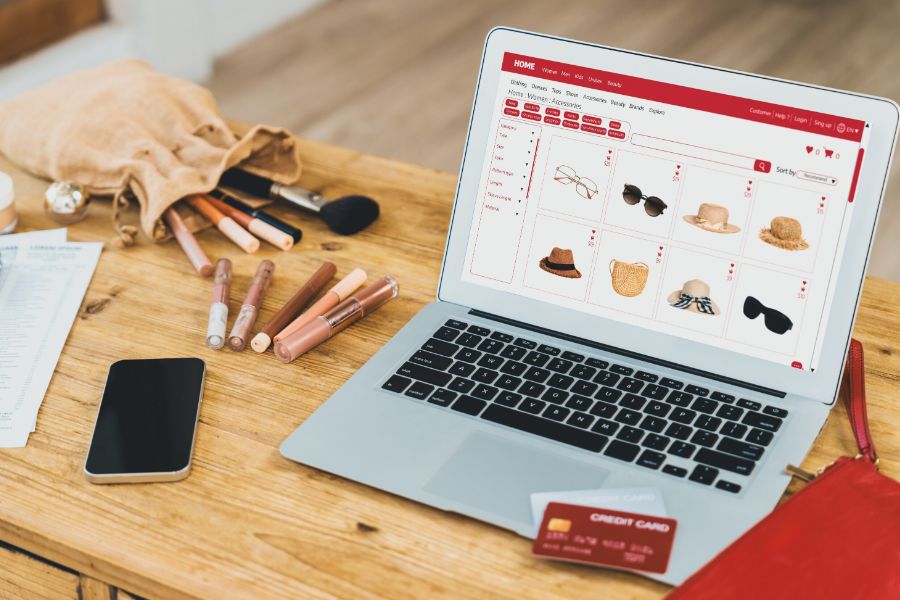Inventory management is essential to maintain good growth and revenue in your business. The inventory turnover ratio is an essential metric in a profit and loss forecast, either for wholesale or retail businesses.
What Is Inventory Turnover Ratio?
Inventory is the account of all the finished products a company holds in its stock which will be sold at some point of time in the future. It also includes raw materials, structures and direct labour costs which are invested to make a final product.
Inventory Turnover Ratio can be defined as the number of times your company sold and purchased inventory during the accounting period.
This ratio is important to both the company and the investors, as this depicts the company’s effectiveness in managing and converting inventory purchases to final sales. Each industry has an average ratio based on its traits and market.
How to Calculate?
Calculation of Inventory Turnover Ratio = Cost of Goods Sold / Average Inventory
Other definitions to look for are:
- Cost of Goods Sold: this is the cost associated with the production of the goods that are sold by a company over a while. This can be obtained from the company’s income statement.
- Average Inventory: it is the total value of inventory throughout the accounting period.
Calculation of Average Inventory = (Beginning Inventory cost + Ending Inventory cost) / 2
Cost of Goods Sold = Beginning Inventory Cost + Purchases – Ending Inventory Cost
Significance of Inventory Turnover Ratio
The more goods you sell, the better revenue you get. Any business can flourish when there is a steady flow of cash and inventory. Keep in mind to never go out of stock, but at the same time, you cannot overstock your products as well, which might block your funds.
Henceforth, it is very important to maintain a certain amount of stock for running your company efficiently. Calculating the ratio helps your company to make reasonable decisions on pricing, manufacturing, marketing and purchasing new inventory.
A low ratio will signify that the company does more stocking than its required, bad sales or surplus inventory. A high ratio indicates good sales with a higher risk of overstocking the inventory.
Higher Inventory Turnover Ratio is always better, as it indicates that you are utilising the stock that you bring in quickly, demonstrating that you are not wasting money on unsold stock. Mostly a high ratio also indicates that you are not buying enough stock, and you might miss potential sales.
How To Improve Your Inventory Turnover Ratio
- Pay more attention to customer demands, this will reduce your inventory levels.
- Come up with better marketing policies and improve sales.
- Integrate a comprehensive inventory management system to precisely track your stock numbers.
- Reduce the price by utilizing a discount strategy to an attractive level to increase your sales.
- Focus more on top-selling items that provide maximum profit.
- Eliminate unnecessary and old inventory, and invest in trending products.
- Maintain optimum purchase, orders in lower quantity and restock once the product’s major quantity is sold.
Final words
The Inventory Turnover Ratio greatly depends on the industry. It is an efficiency ratio that measures how effectively your inventory is managed. You need to keep track of the metric to adjust your strategies accordingly. ConnectPOS Multi-source inventory system can be a great ally for your warehouse and inventory management. Contact us for more detailed information.
►►► See our products: Magento POS, BigCommerce POS, Shopify POS, Woocommerce POS, NetSuite POS, Commercetools POS, Custom POS, White label POS, Customer Experience Solution and Next-Gen POS




